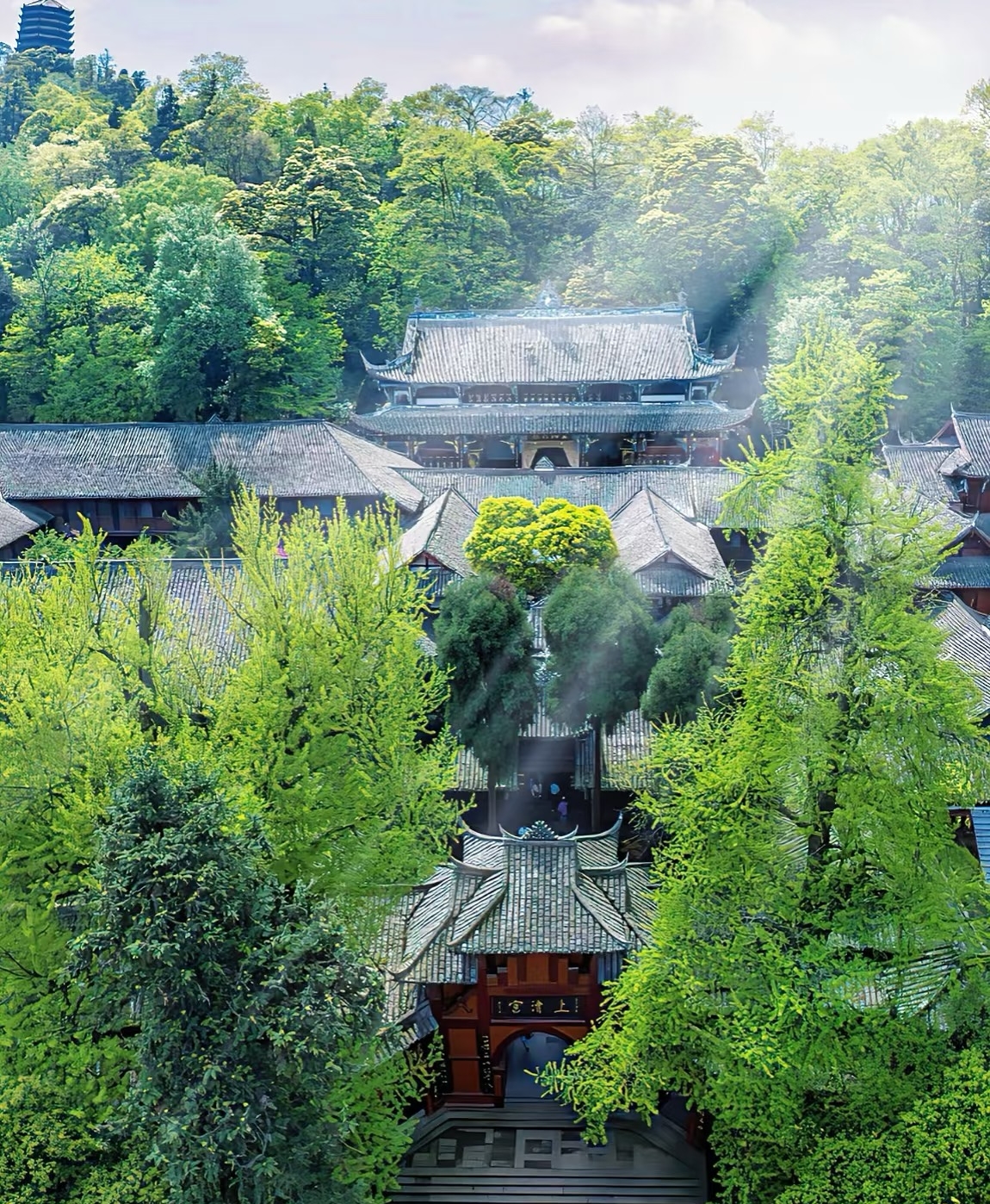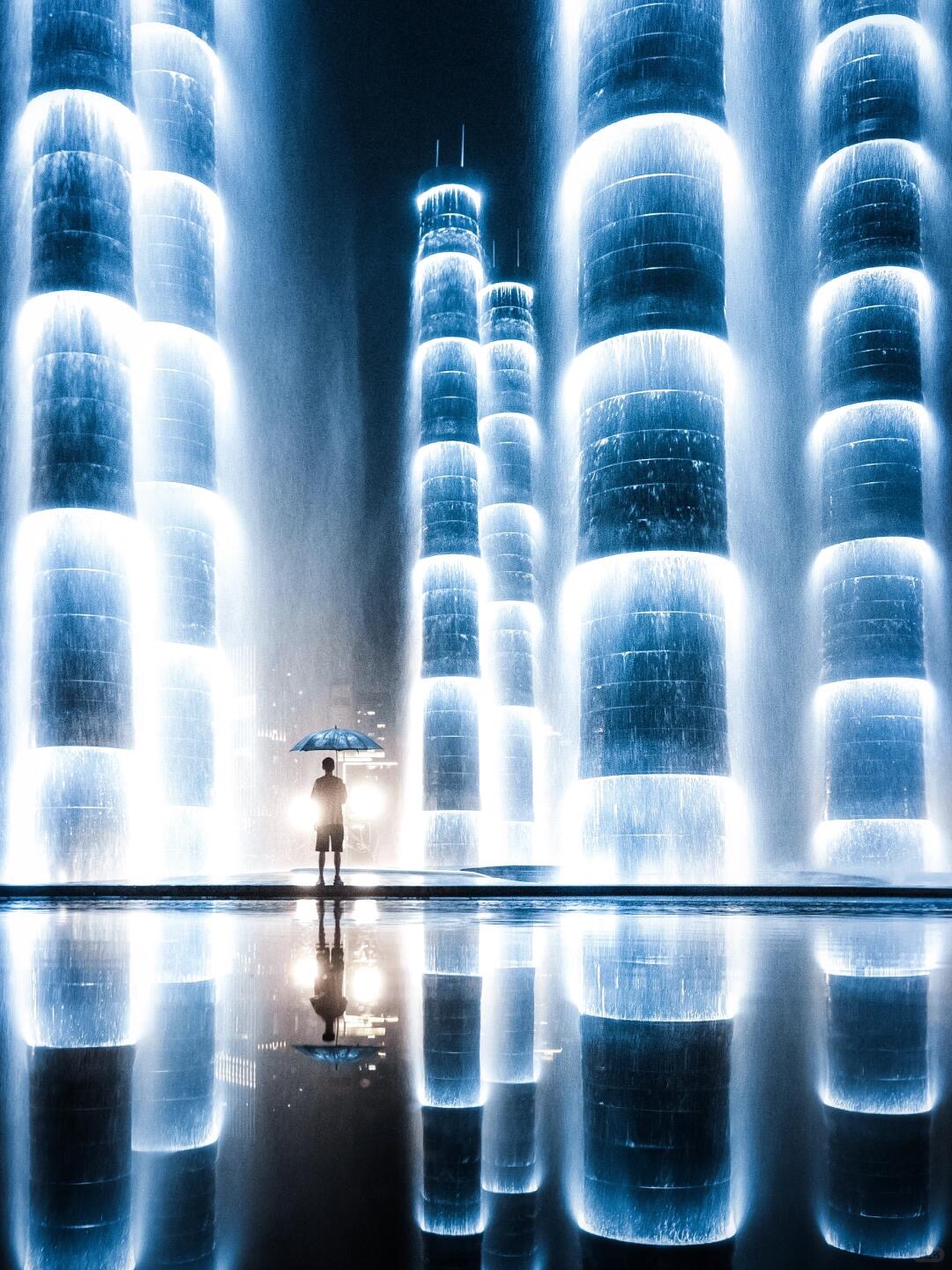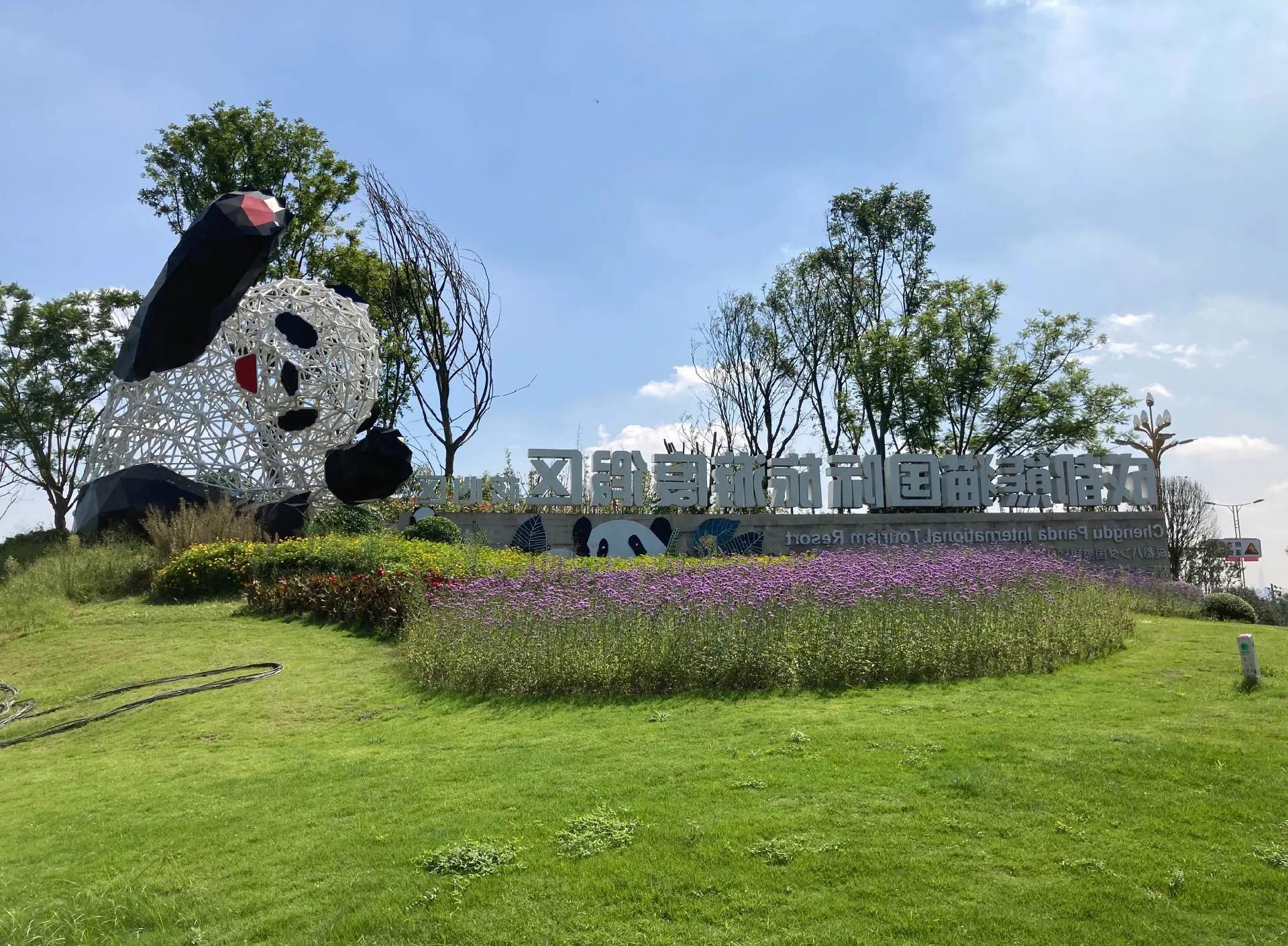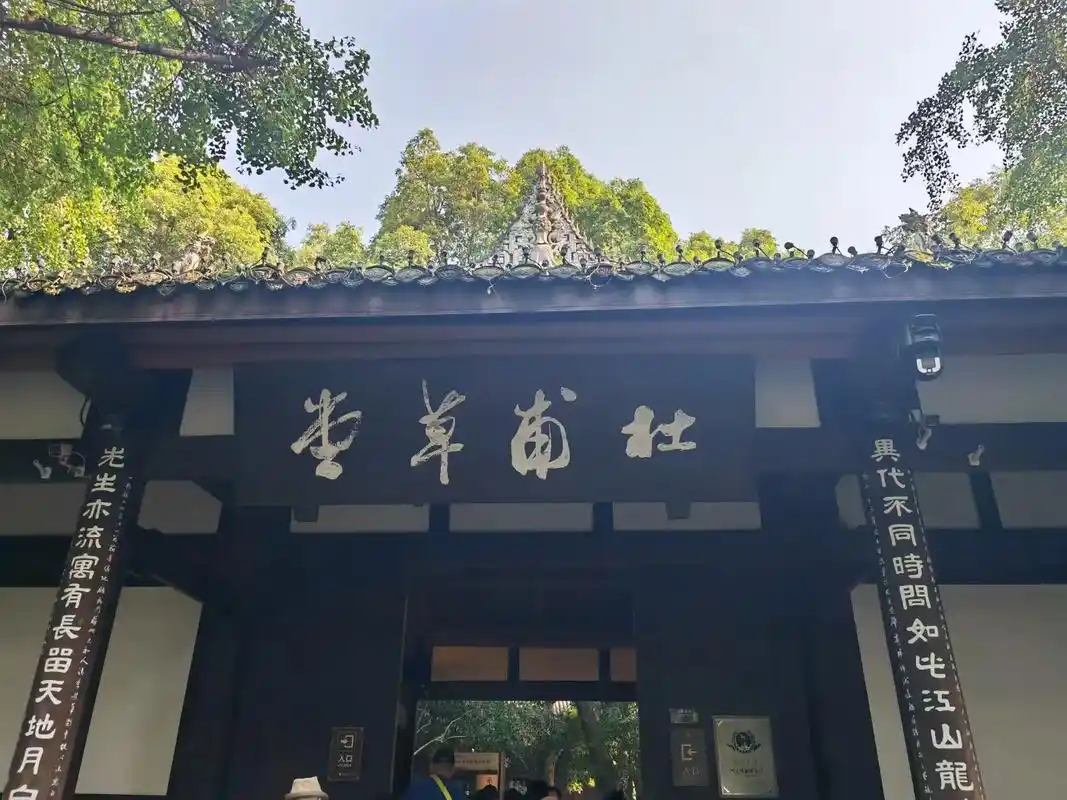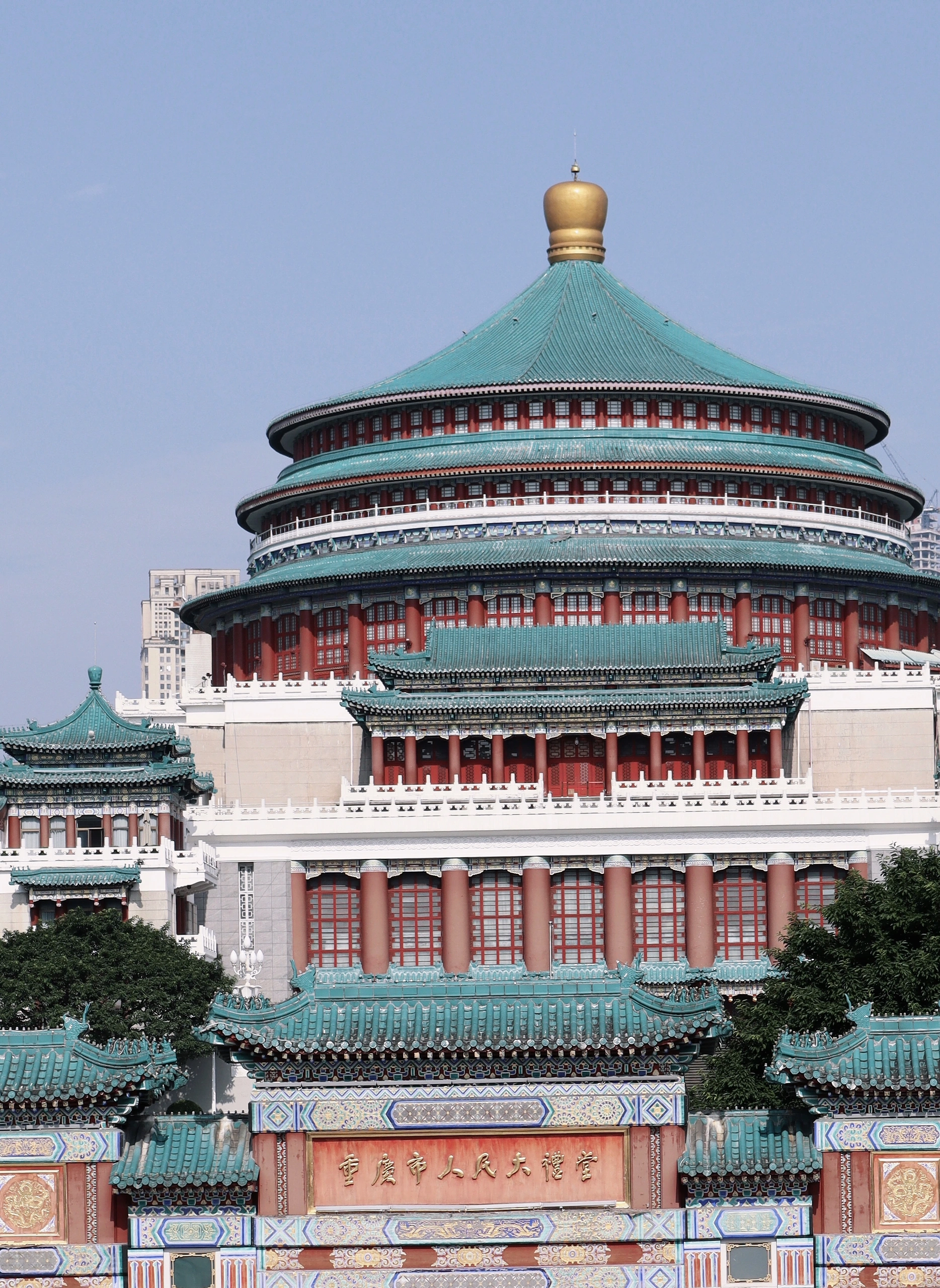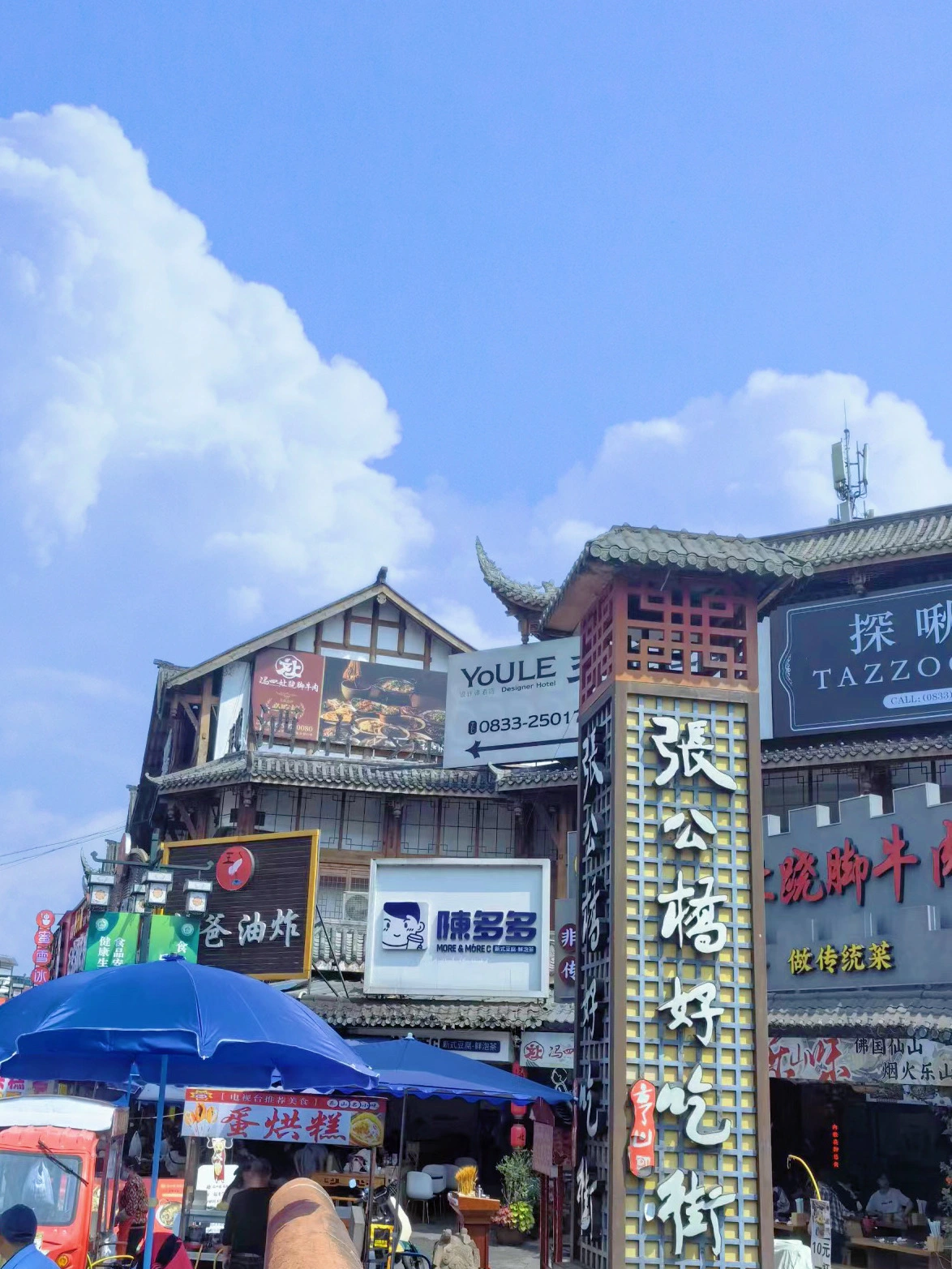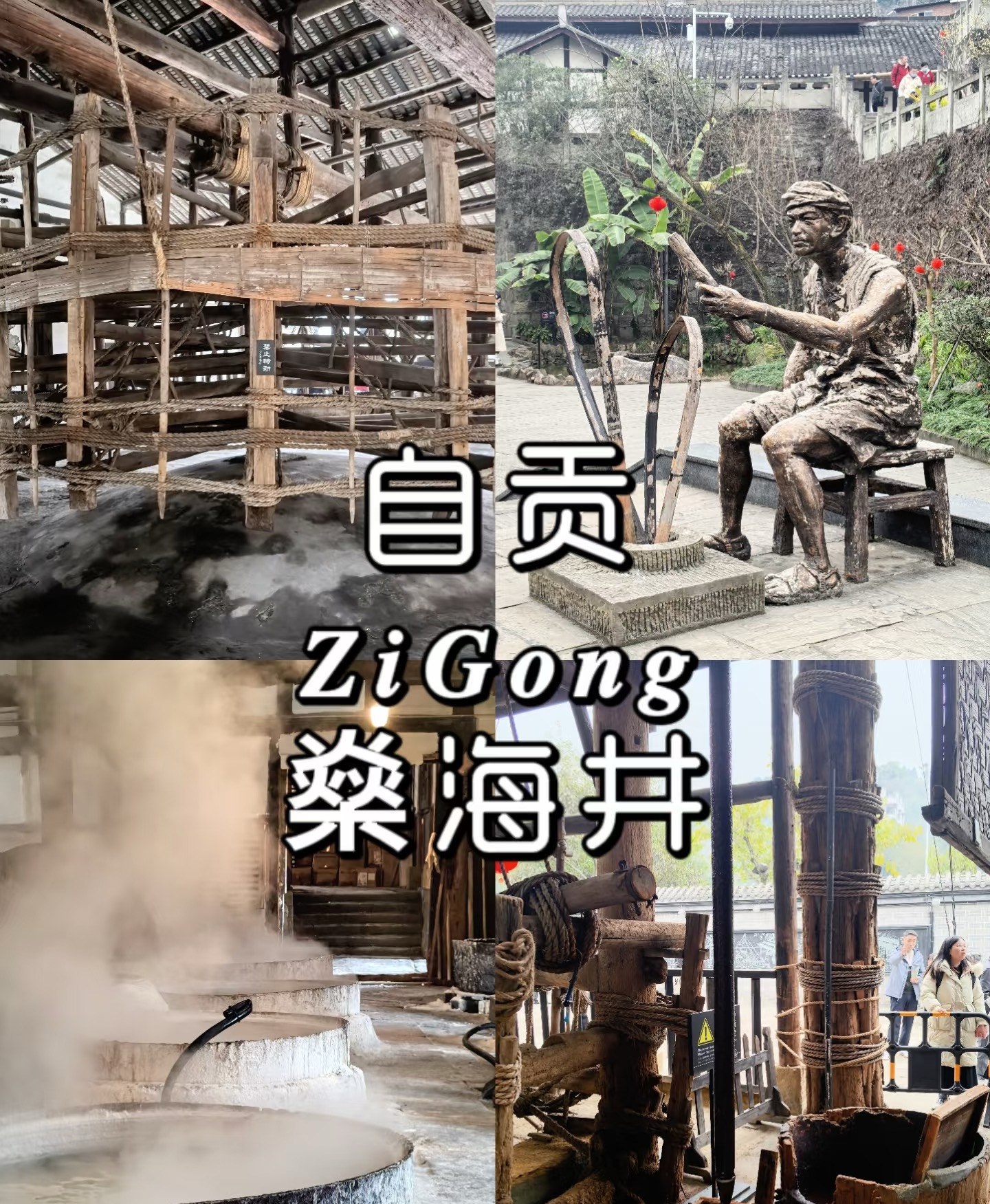

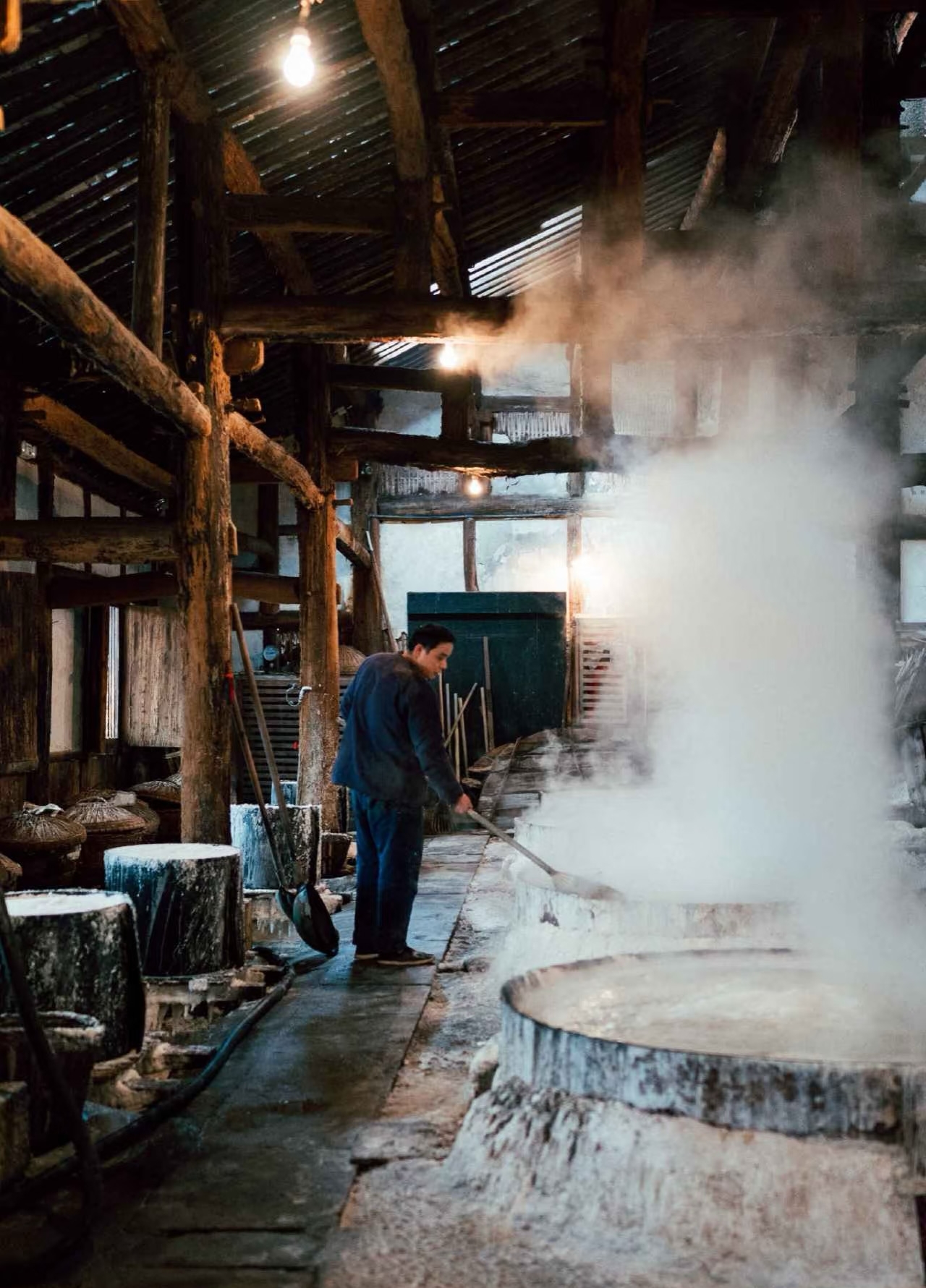
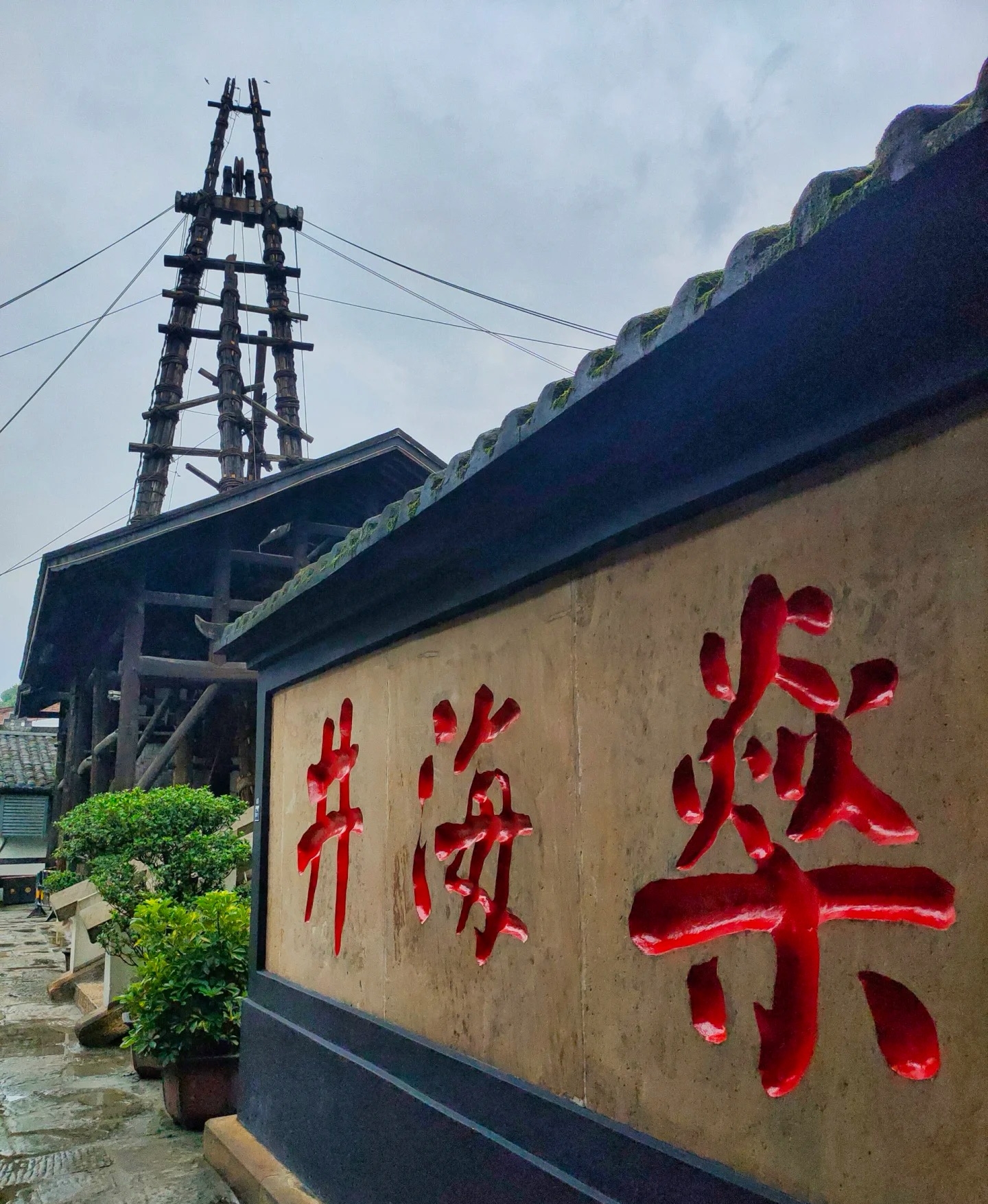
Shenhai Well
Shenhai Well is located in Da'an District, Zigong City, Sichuan Province, China, with specific geographical coordinates at 29°21′ north latitude and 104°46′ east longitude. It is the world's first manually drilled well exceeding a depth of 1,000 meters, constructed in the 15th year of the Daoguang reign in the Qing Dynasty (1835), reaching a depth of 1,001.42 meters. It stands as a remarkable representative of ancient Chinese drilling technology. Shenhai Well is not only an important site for ancient salt production in China but also a significant milestone in the history of world science and technology. The wellhead still retains traditional drilling equipment, such as the derrick and brine extraction devices, allowing visitors to gain an up-close understanding of the ancient salt well mining techniques and cultural history.
Information
Ticket price
Time
Location
Changyan St, Da'an District, Zigong, Sichuan, China
View maps
More about the trip
Shenhai Well: A Testament to Ancient Chinese Drilling Technology
Shenhai Well is located in Da'an District, Zigong City, Sichuan Province, China. It is the world's first manually drilled well exceeding a depth of 1,000 meters, constructed in the 15th year of the Daoguang reign in the Qing Dynasty (1835), reaching a depth of 1,001.42 meters. It stands as a remarkable representative of ancient Chinese drilling technology and a significant milestone in the history of world science and technology. The wellhead still retains traditional drilling equipment, such as the derrick and brine extraction devices, allowing visitors to gain an up-close understanding of the ancient salt well mining techniques and cultural history.
What to See and Do
Observe the Ancient Drilling Equipment: See the original derrick, the massive wooden structure used for drilling, and the brine extraction devices. These provide a tangible link to the ingenious methods used by ancient Chinese engineers.
Learn About Salt Production: The well was part of a vast salt production industry in Zigong. Learn about the history of salt mining, the process of extracting brine, and how it was then transported and processed into salt.
Historical Significance: Understand the historical importance of Shenhai Well as a pioneering achievement in drilling technology, not just in China but globally.
Museum Exhibits: The site often includes a small museum or exhibition area that provides more detailed information about the well, the salt industry, and the lives of the workers.
Cultural Insights: Gain insights into the economic and social life of the region during the Qing Dynasty, driven by the salt trade.
Best Time to Visit
The site is suitable for visiting year-round. Weekdays are generally less crowded than weekends and public holidays.
How to Get There
Shenhai Well is located in Da'an District, Zigong City. You can take a bus from Zigong city center or a taxi to the site. It is often visited in conjunction with the Zigong Dinosaur Museum.
Travel Tips
Allow ample time: Plan for at least 1-2 hours to explore the wellhead, the equipment, and any associated exhibits.
Wear comfortable shoes: You'll be doing some walking around the site.
Educational focus: This is a great place for those interested in industrial history, ancient technology, and Chinese ingenuity.

